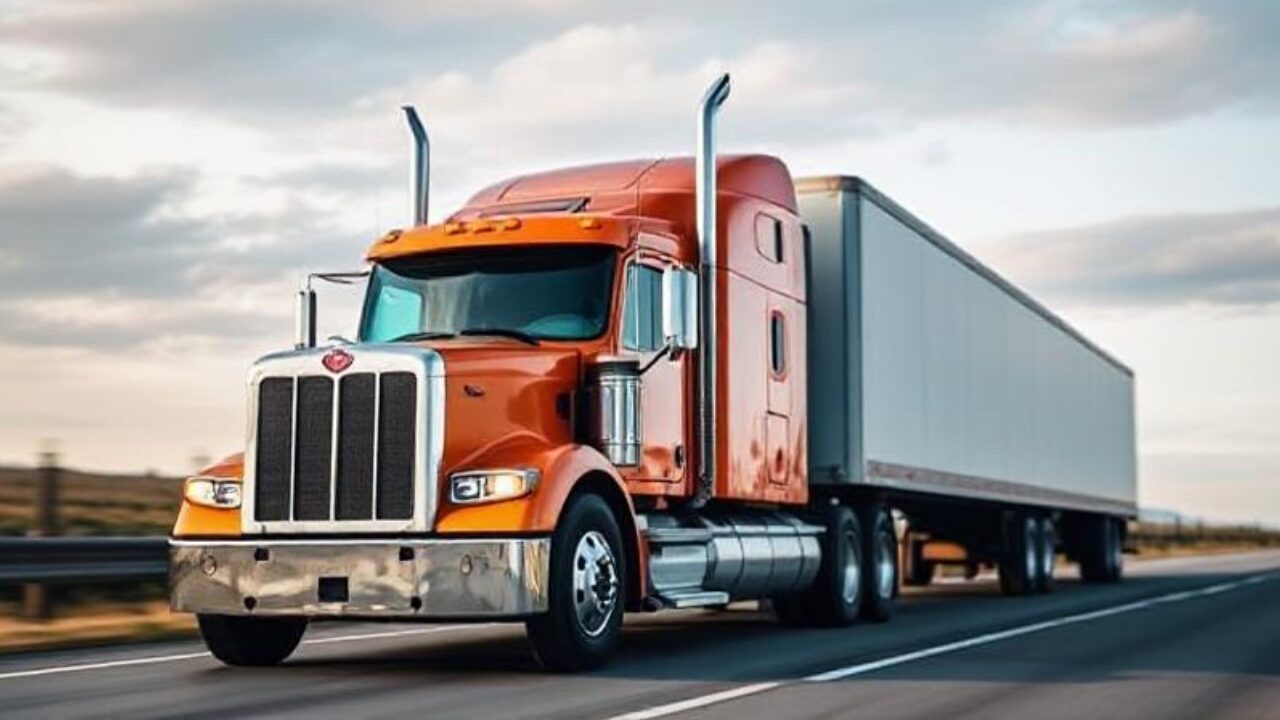How ELD Technology Has Impacted The Trucking Industry

ELD devices replace traditional paper logs, making it easier for truck drivers to comply with hours-of-service (HOS) regulations. They also provide additional information that helps truckers and fleet managers in business operations like route planning and maintenance management. Modern ELDs also use built-in accelerometers and gyroscopes to detect HOS-related driving violations such as severe turns, collisions and hard braking. Fleet managers can use this historical data to train drivers on safer driving habits.
Improved Safety
They were Driving while tired is one of the main causes of commercial trucking accidents. Electronic logging devices prevent driver fatigue by ensuring that drivers take breaks as required and go when they can. The result is safer roads for everyone. An ELD is tamper-proof, making it impossible for drivers to falsify their records. It helps prevent federal violations and ensures adherence to HOS regulations. Using an ELD also makes it easier for dispatchers and drivers to stay current on a driver’s status so they can plan accordingly. It also allows trucking companies to switch to time-based driver remuneration models, which can be more cost-efficient. It is especially true if the ELD solution is easy to use and integrates with existing resources. It will save on expenses for new hardware and software. A simple and intuitive system also means less time training drivers and other employees on its use.
More Efficient Record-Keeping
ELDs automate the process of logging driver hours of service and record their status, eliminating the need for manual entries. It simplifies compliance reporting and reduces the likelihood of errors or omissions that could lead to violations. Using an ELD also helps truckers find the best routes to their destinations. It saves them fuel card costs and boosts their efficiency as they can avoid regions with hazardous weather or heavy traffic. However, some experienced truck drivers dislike the ELD mandate because it limits their driving time and prevents them from choosing when they feel rested enough to drive. They worry that this system will be too restrictive and result in a loss of income, especially since many drivers are paid based on mileage.
Better Customer Satisfaction
The ELD mandate has made HOS regulations more manageable for trucking companies. It means fewer hours spent on paperwork and easier roadside inspections, which benefits drivers and customers alike. Many advanced ELDs have GPS features that relay real-time vehicle location data to dispatchers and fleet managers. These tools make it easier to optimize routes and avoid traffic congestion. They also simplify IFTA tax calculations and eliminate the need to call drivers to check in. When choosing an ELD, look for a system that uses hardware compatible with your vehicles and software compatible with the programs you use now. It can help you reduce upfront costs and training time. Providing extensive training sessions for your drivers and staff members is also important. Ensure they understand how to operate the device and log their hours accurately. It would help if you addressed any concerns and questions they may have to ease their transition into using new technology.
Increased Adherence to HOS Regulations
Before the ELD mandate, truck drivers kept track of their service hours using paper logbooks. These could be easily neglected or falsified, leading to poor compliance rates. ELD devices are tamper-proof and cannot be altered, helping to ensure accurate record-keeping and higher levels of compliance. Eliminating manual processes and automating workflows can help fleet managers save time and money. One example is dynamic routing, a process that uses data-driven algorithms to calculate the best routes for a given fleet of vehicles. Despite the many concerns raised by trucking industry veterans and outside observers, the more dire predictions of a mass exodus from the industry have yet to come true. Transportation demand remains strong, and various technologies are transforming the industry. The implementation of the ELD mandate is just one piece of that puzzle. For the companies that embrace these advancements, a world of opportunities is waiting to be unlocked.
